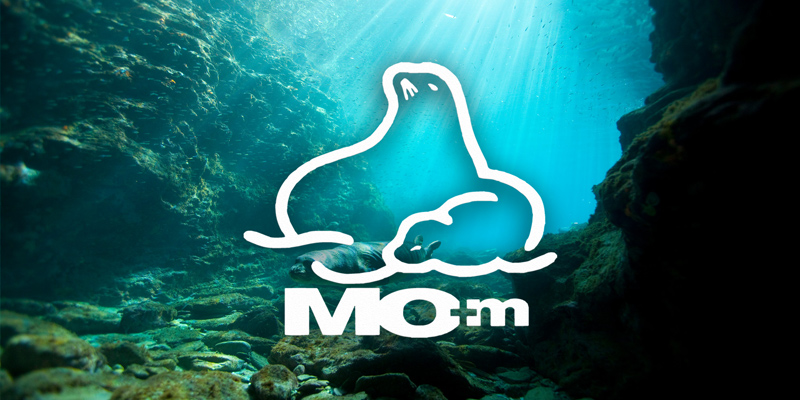The Mediterranean Monk Seal, Monachus monachus, is a rare marine mammal and the most important population of which is in Greece. Its name derives from its appearance that resembles the hood of catholic monks. As the Monk Seal is a top predator, its existence is linked to the health of sea. Today, it is the No1 critically endangered sea mammal in Europe and one of the six most critically endangered species in the world. Protecting the Monk Seal means protecting the marine ecosystem. Extinction of the Monk Seal is the prelude of the marine ecosystem’s deterioration.
The largest population of the Mediterranean Monk Seal in the world lives and breeds in Greece. Comprising 90% of the species’ total European population, 200-250 individuals are swimming in the clear–blue waters of the Aegean and Ionian Seas. Another important remaining population, within European waters, is found at the Madeira island complex and consists of about 20 individuals. The “National Marine Park of Alonnissos Northern Sporades” and the Kimolos-Polyaigos island complex constitute the two most significant Monk Seal habitats in Greece.
Kimolos and Polyaigos island complex
Due to their rich biodiversity, North-West Kimolos Island and Polyaigos Island are part of the “NATURA 2000 Network” of the most important, ecologically-wise, sites in Europe. When it comes to the Monk Seal, the Kimolos -Polyaigos island complex becomes of vital significance and barer of some really good news. Between 1997 and 2005, a total of 68 pups were born, i.e., the second highest recorded newborn pup population in the Mediterranean and the third worldwide. Pups excluded, 43 individuals have been sighted in the area, constituting 9% of the species total world population, circa 500 individuals. Taking into consideration the status of Kimolos-Polyaigos Islands as habitat to such an important population of this critically endangered species, the area’s protection is a step to be taken.
The monk seal
The Monk Seal is one of the largest seal species. A newborn pup may weigh from 15 to 20 kg and be of 90 to 100 cm long. Adult Monk seals reach a good 2.6 meters, while the males weigh up to 400kg and females up to 300kg. The coloration of the upper side of the body is uniform brown and the lower underside is a spotted yellowish-white. The forelimbs have well-developed flippers but the toes of the hind limb are so well elongated that look like fish-tail. Monk Seals can dive up to 125 meters, holding their breath for 15-20 minutes! While mating occurs in water, birth takes place in well-secluded caves, mainly between September and November, after a 9-10 month pregnancy.
Monk Seals live in small groups of which social structure is not well known. One may distinguish a male to a female, by the scratches and wounds that males usually have on their heads and flippers, from fights with each other while competing “for the heart” of a female.Monk Seals feed on fish, octopus and lobsters and it is not rare at all that they might “steal away” fish from nets. In their effort to get the fish off from the nets, Monk Seals may get entangled in the fishing gear and end up asphyxiating. Accidentally lessening the fishermen’s livelihoods by destroying the fishing nets, Monk Seals are sometimes treated in a competitive way by humans and face deliberate killing. Along with habitat loss, interaction with fisheries is the most important threat to the survival of the species.
MOm
In Greece, MOm/The Hellenic Society for the Study and Protection of the Monk Seal, a non-governmental environmental organization, has been working for more than 18 years for the protection of the marine ecosystem through the conservation of the Monk Seal. MOm’s research, conservation and public awareness projects expand throughout Greece, including the Kimolos-Polyaigos island complex.
What do you do if you see a monk seal in distress?
In case you see a sick, wounded or dead Monk Seal, please contact MOm’s specialized rescue team at 0030 210 52 22 888.
Source: MOm
